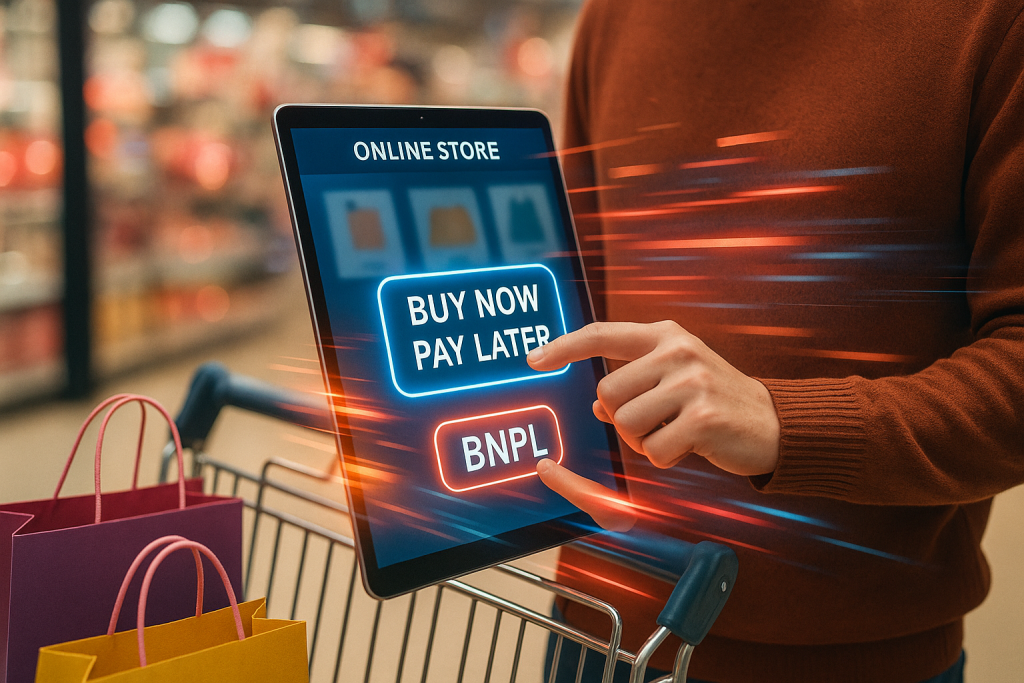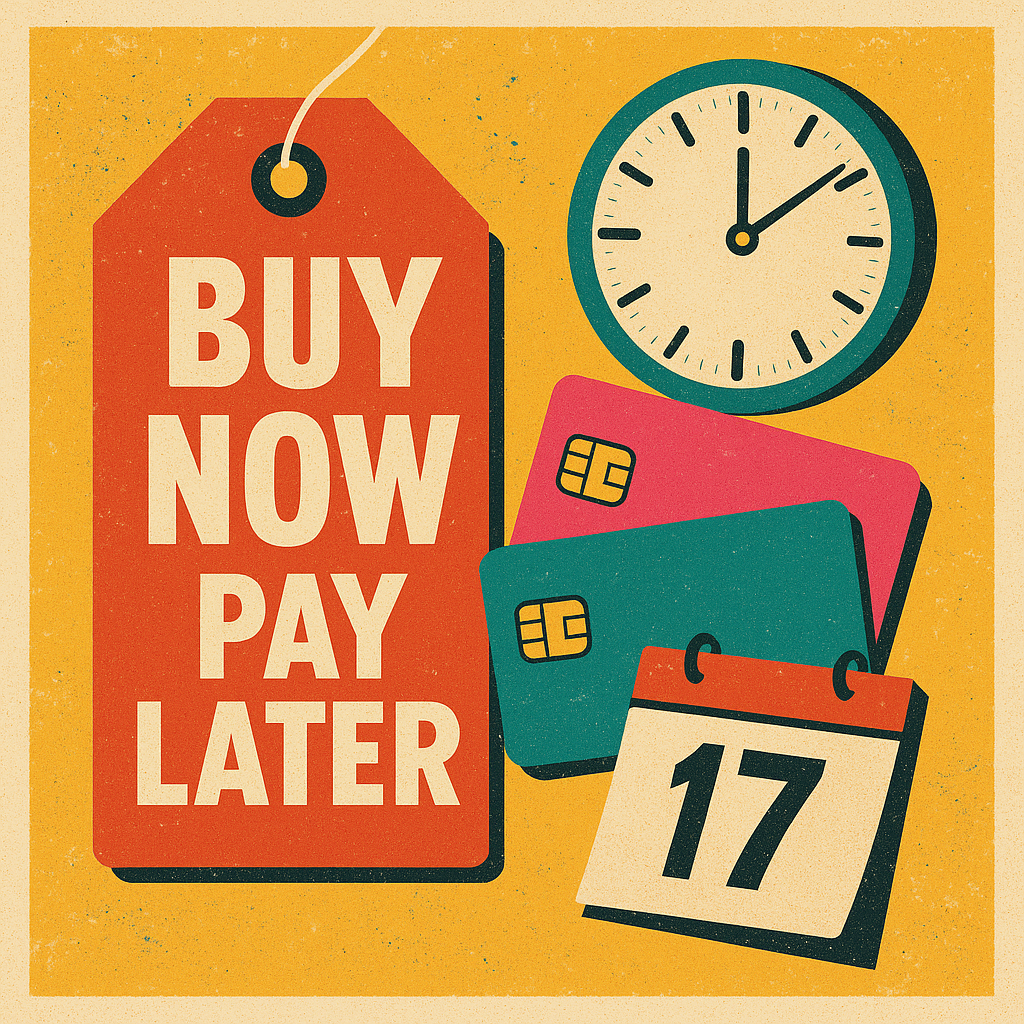In recent years, Buy Now, Pay Later (BNPL) services have surged in popularity, significantly altering spending habits in America. Known for their enticing offer of instant gratification without the immediate financial burden, these services have become a staple in many consumers’ shopping experiences.
With an increasing number of people drawn to the ease of payment installments, it’s essential to understand how this trend is reshaping financial behaviors across the country. As more retailers integrate BNPL options at checkout, the impact on consumer spending habits is undeniable.
The rise of Buy Now, Pay Later and its impact on spending habits

The advent of BNPL services can be credited with transforming traditional purchasing methodologies. Offering an alternative to credit cards, these platforms provide interest-free installment plans, making them an attractive option for budget-conscious buyers.
As American consumers embrace this flexible payment option, businesses also benefit from increased sales and customer loyalty. Moreover, BNPL has captured the attention of younger generations who are wary of credit card debt.
The ease and transparency of dividing payments make it a preferable choice for millennials and Gen Z shoppers. As a result, this demographic shift towards BNPL reflects a broader change in financial priorities and behaviors, highlighting a demand for more straightforward, accessible payment solutions.
Breaking down BNPL’s transformation of consumer behavior
With the growing popularity of BNPL, consumer behavior has notably shifted towards more strategic spending. Shoppers are now more likely to indulge in larger purchases, knowing they can manage payments over time. This trend not only boosts consumer confidence but also encourages a more planned approach to financial management.
Additionally, the psychological effect of smaller, spread-out payments plays a crucial role in altering spending attitudes. Instead of seeing a substantial charge on their statement, consumers perceive smaller, manageable amounts, which can diminish the sense of financial burden.
How Buy Now, Pay Later is reshaping financial landscapes
As the BNPL model becomes entrenched in the retail sector, its influence extends beyond consumer behavior. Financial institutions and businesses are adapting to this new landscape by integrating flexible payment options into their offerings. This movement indicates a significant shift in how financial services are structured, with customer-centricity taking precedence.
The proliferation of Buy Now, Pay Later options also impacts credit scoring and borrowing. As these services typically don’t require a credit check, traditional credit metrics are being reevaluated. Consumers benefit from alternative pathways to afford goods without affecting their credit scores, while financial institutions are pushed to innovate and redefine their value propositions.
Practical implications for both consumers and businesses
For consumers, the practical benefits of BNPL revolve around improved cash flow management and increased purchasing power without overspending immediate funds. Shoppers can better align their expenses with their income cycle, providing a cushion for financial planning.
Businesses, on the other hand, gain from higher sales volumes and enhanced customer engagement. The integration of BNPL options also means catering to a broader audience who may previously have hesitated to commit to large purchases. By offering BNPL, retailers not only increase conversion rates but also differentiate themselves in a competitive market.




